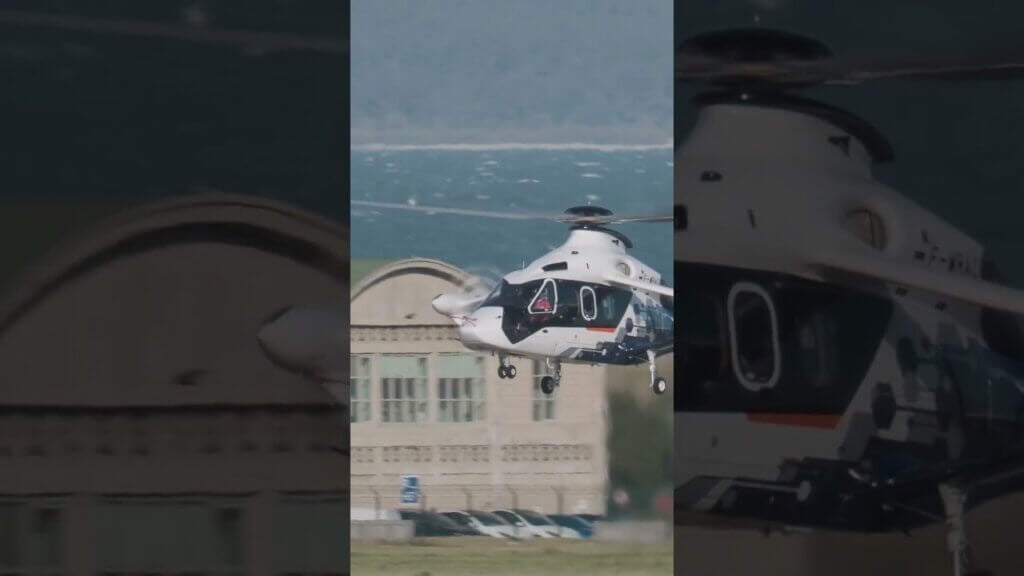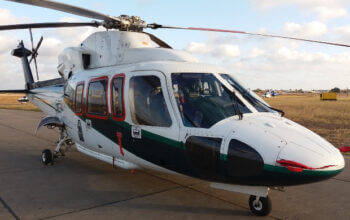The U.S. National Transportation Safety Board (NTSB) has issued a safety alert highlighting the dangers of dust devils to aircraft.
A dust devil (also called dust whirls or whirlwinds) is a rapidly rotating column of air. It is typically made visible by the dust, dirt, or debris it picks up, although without such materials, it can be dangerously invisible.
“Dust devils have been present in more than 170 accidents the National Transportation Safety Board has investigated since 1982,” the agency noted in Safety Alert SA088: Dust Devils: Silent Sky Snares.
Dust devils have a diameter ranging from 10 to 300 feet (3 to 30 m) and typically extend vertically upward from 500 to 1,000 feet (150 to 300 m) but can reach over 3,000 feet (1 km) in height. This makes them a hazard to typical low-level helicopter operations.
“Dust devils pose a risk of sudden and unexpected turbulence for pilots and aircraft, which may lead to rapid loss of lift, uncommanded roll or yaw, or other disturbances,” the agency said in the safety bulletin. “For pilots unfamiliar with or inattentive to the presence of dust devils, especially when operating at low altitudes, the consequences can be catastrophic.”
For example, on May 6, 2021 near Palm Gardens, Nevada, the pilot of a MD 369FF said that just after takeoff, the helicopter encountered a dust devil from the right side. The helicopter yawed to the right and into an uncontrollable descent until it hit the ground, and it was substantially damaged.
Dust devils typically form during hot days when there are clear skies and light to calm winds, which are ordinarily ideal flying conditions. On days like this, there is strong heating of the earth’s surface by the sun. The air just above the surface becomes much hotter than the air above it, resulting in a super-adiabatic lapse rate and autoconvection conditions. This hot, less dense air starts to rise quickly, and air from surrounding areas rushes in to replace it. Wind shear and vertical stretching cause the vortex to spin. Unlike tornadoes, dust devils are not associated with a cloud, and develop from the ground upward — not from a cloud downward.
Dust devils are most common when solar heating is the strongest, late morning through the early afternoon. Seasonally, they are a warm season, late spring to early fall, occurrence. Dust devils are most common in hot, arid regions such as the desert Southwest. However, they have also occurred in normally cooler, wetter locations.
Dust devils can rotate either clockwise or counterclockwise. The rotation is caused by various physical effects and is not linked to the Earth’s rotation. Most only last a few minutes, but some have continued for more than an hour. Although the majority of dust devils only produce moderate wind gusts, the strongest of them can have winds of 60 mph (97 km/h) or greater — certainly enough to effect a helicopter in flight.
Another atmospheric vortex similar to dust devils is the fire whirl. These develop in a similar fashion, but in this case the source of intense surface heating is a wildfire. They can be filled with burning debris and can occasionally leave the fire zone. Like the strongest dust devils, the strongest fire whirls can extend thousands of feet into the atmosphere and produce dangerous wind conditions. Helicopters involved in firefighting operations need to be aware of their occurrence.
Aviation meteorologists can’t forecast exactly where or when dust devils will form. They can forecast conditions favorable for dust devil development using their knowledge of the forecast area. Similarly, pilots can rely on their own experience when determining if dust devils are possible. Pilots are requested to send a PIREP if they encounter a dust devil.









